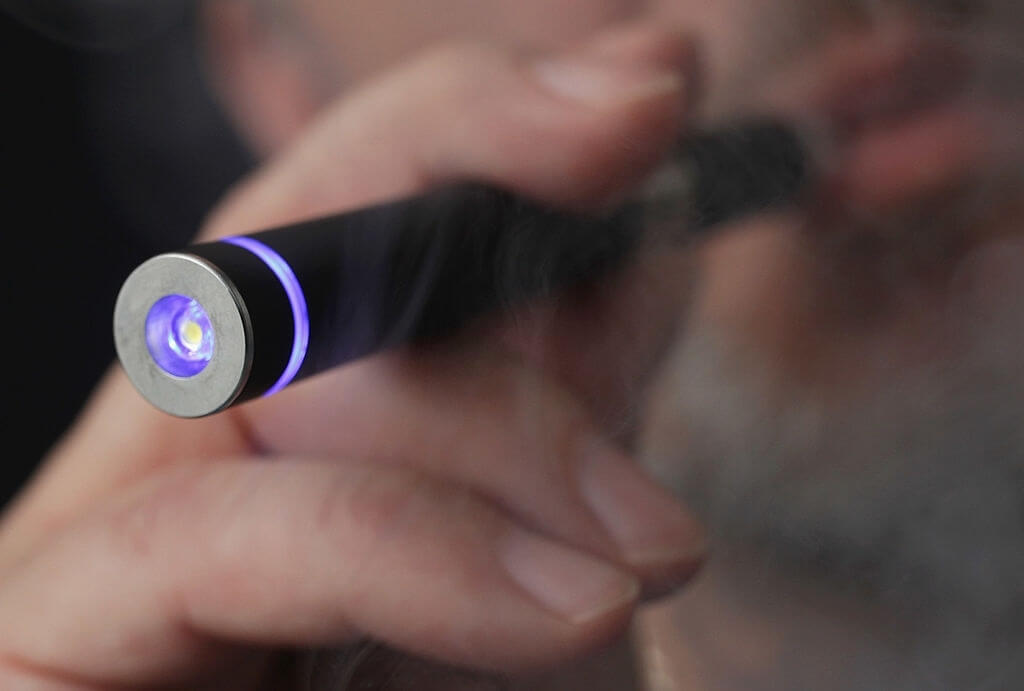This year FDA has issued a notice to three e-cigarettes producing companies to shut down and remove their products from the markets as they aren’t good for public health.
The decision has been taken by looking at some samples and surveys conducted by experts and submitted to FDA Authorities where it is explained how these products are detrimental to the health of the consumers and there can be no other alternative than banning the same from the market said an expert.
Regulation And control On E-Cigarettes -Researchers
Although short-term hazards and growing long-term adverse impacts such as ultrathin particles inhaled deep inside the lungs, serious lung illness due to flavors like diacetyl, presence of volatile organic compounds and metals like lead, nickel, tin which is very harmful to our body.

The usage of vaping devices, sometimes known as e-cigarettes, including both adolescents and adults in the United States has grown, posing public health issues for tobacco reduction efforts. After this notice now these companies are completely banned from marketing their products in this industry.
Recently, focusing on layered nicotine exposure levels and accompanying distribution limitations, a Johns Hopkins Medicine researcher and his associates have presented e-cigarette regulatory proposals. The US Food and Drug Administration (FDA) still lacks a defined regulation and supervision for e-cigarette items, and they are now considering over 6.4 million applications for their introduction into the market for the first time.
Former tobacco regulator Brian Miller, M.D., M.B.A., M.P.H., a hospitalist and assistant professor of medicine at Johns Hopkins University School of Medicine, says, “Tobacco firms already know that e-cigarettes become their business.” “This is a chance to have a say in how the market is shaped. Unless you don’t establish rules right away, the chance may pass you by.”
E-cigarettes, which were first produced in China in 2003, are electronic devices that electrically aerosolize a nicotine-containing fluid and give it to users by inhalation, a behavior known as “vaping. Vaping is generally a more appealing substitute to smoking over nicotine-replacement therapies like patches or gum because of the timely delivery of vaporized nicotine, the lack of tobacco aroma, and use behaviors that imitate traditional smoking.
Miller and his colleagues analyze how e-cigarettes confront regulators around the world and resolve their rapidly increasing use by teenagers, and other their opportunities to decrease the dangerous risks associated with traditional combustible cigarettes, published in the journal Tobacco Control on Aug. 13, 2021.
Instead of keeping nicotine substances to manufacturers, Miller and his colleagues propose that the FDA change its current regulatory concept and adopt a “tiered” nicotine exposure framework that distinguishes products focusing on the amount of exposure to chemicals a consumer perceives from a particular e-cigarette.
“they looked into how a pragmatic, risk-based approach that relies on tiered nicotine exposure standards and risk-based point-of-sale constraints could help regulators around the world unleash the capability of e as harm minimization tools while making sure such products fulfill a benchmark that is suitable for public health protection,” Miller says.
Due to the lack of a regulated structure for e-cigarettes, Miller says it’s difficult for consumers to know how much nicotine they’re getting. He thinks that the new guidelines will assist primary care physicians and tobacco smokers in collaborating to identify methods to utilize e-cigarettes to reduce damage.
“They want both parties to stay together around the path which will eventually lead to the cessation of nicotine use and the reduction of tobacco-related diseases impacts,” Miller says. “Patients should be able to choose between consumer-driven and clinician-supervised drug safety methods. The fundamental rule of human health is to connect with people where they are.”